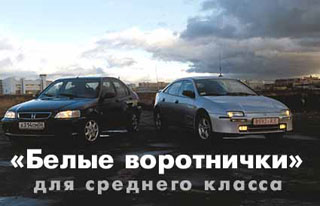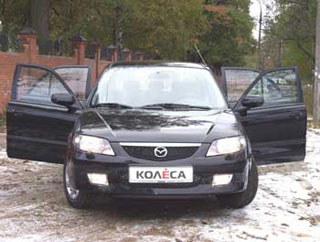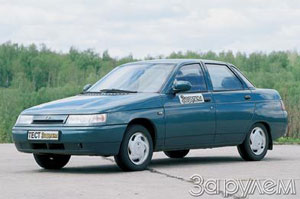Test drive Mazda 323 F 1994 - 1997 hatchback
Mazda 323
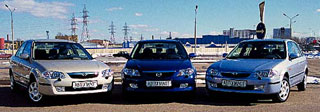 The autopilot evaluates cars according to five main criteria. The amount of advantages is indicated - b, the shortcomings - Ch. The next subject gained four B and one Ch. This is Mazda 323.
The autopilot evaluates cars according to five main criteria. The amount of advantages is indicated - b, the shortcomings - Ch. The next subject gained four B and one Ch. This is Mazda 323. EXTERIOR. At the end of last year, the third coming of Mazda to the Russian market took place. Those cars that are delivered to us now, experts call the BJ series. Its production began in 1998, and a year ago the series was facilitated. All changes are reduced to the new optics, the grille of the radiator with an enlarged company emblem and more pointed contours of the front bumper. This is clearly visible in the photo-the restyled version is represented by a dark blue sedan. Two types of bodies are certified for the Russian market: a 4-door sedan and 5-door, as dealers call it, a hatchback, which, strictly speaking, is more like a station wagon. The standard equipment includes fog lights integrated into the bumper. In general, the appearance of the 323rd is restrained, but with a distinct hint of sports aggressiveness, peculiar and memorable. 5 B.
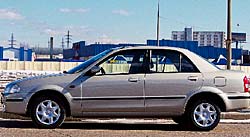
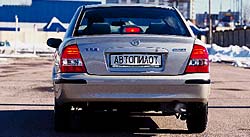
INTERIOR. The internal design is very simple. Perhaps in this the 323rd loses to more sophisticated competitors. However, the balance between elaborate delights and primitive asceticism is observed: everything is in its place, in the cabin you feel very comfortable. Inside, the car is much more spacious than you can assume, and the quality of materials and fitting the interior elements is beyond praise. In addition to the abundance of pockets and niches, obligatory cup holders, the back of the front passenger seat with a hard rear lies horizontally forward, turning into a kind of table. The rear seats fold separately, and in the hatchback they also move in the longitudinal plane. 4 b, 1 h.
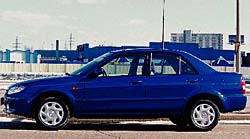
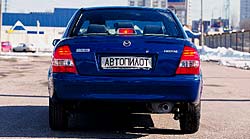
Equipment and ergonomics. For the price below, a solid package of standard options is offered: adjustable steering column, hydraulic power pillows, two airbags, ABS, electric drives of all glasses and external heating mirrors, a central castle. There is a powerful and effective ventilation installation with a microfilter (in the restyled version, it is replaced by button creeping control), as well as heating the front seats. Safety belts adjustable in height, electronic clock and thermometer are trifles, but very pleasant. For a fee, you can get an anti-circus system, cruise control and side airbags. All controls and devices are simple, but convenient: a thick steering wheel of a small diameter, a column with vertical adjustment. As for the seats, the high wide backs tightly fit the body, they are covered with a plush with material with good antifriction properties. There are adjustments of the pillows in the angle of inclination and height. 5 B.
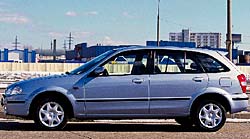
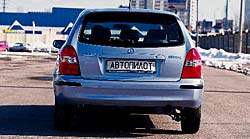
ROAD. Both versions keep the road well, very stable in restructuring, the hard suspension perfectly opposes the rolls and swinging. The steering wheel is sharp, with a distinct reactive effect, and the effort on it increases in proportion to speeds, which informative and precisely dosed brakes help to extinguish. Switching transfers on the mechanics gave us pleasure: the successful location of the lever with the short switching moves, the pedal node - active driver work even on version 1.6 will not be a burden. And the characteristics of a 1.6-liter engine-a good pickup at high speeds with well-selected gear rates-allow you to actively move, alternating acceleration and restructuring, while only by the fourth gear. The same tandem provides very good traction at low speeds. In a word, the dynamics of the 323rd is worthy. With the adjustment, however, on the machine. The latter is able to pretty much spoil the picture: the car starts well, but then gradually chokes. The characteristic of the torque of the 1.5-liter engine and the inertia of the transmission lead to the fact that in response to a sharp press on the gas, the motor begins to scream heart-rendingly, and the box is thinking and in no hurry to respond to a kik-down. On overtaking, this is pretty nervous ... In a word, the automatic transmission is clearly a ladies' version or for adherents of a measured, calm driving style. 4 b, 1h.
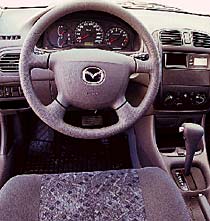
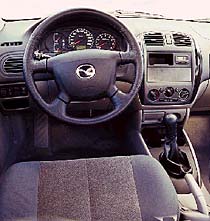
Features of national operation. So far, the Mazda 323 offers a one -year guarantee, without limiting a run. The first visit to the service for a general inspection is provided for 1.5 thousand km of run - almost like on the Lada. It will cost an average of $ 30. Further, the service mode is traditional: every 10 thousand km. Operational costs (work on that+materials), without force majeure, with a run of 20 to 50 thousand km per year, can be from $ 400 to $ 800. If you are served by private traders or in small specialized workshops, then the cost of repairs can be reduced almost by half.
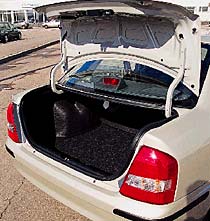
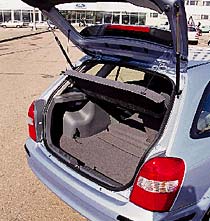
The total engine resource is estimated at 250--300 thousand km, while the suspension safety margin is quite large-about 100 thousand km. As experts and users say, a characteristic feature of Mazda, like many Japanese cars, is that it rarely breaks, but aptly. Judge for yourself. For example, ABS sensors. Often a signal disappears, replacement-$ 220-250 for the front, $ 65--70 per rear. The caliper of the rear disc brakes suffer from dirt and salt. Therefore, it is preferable to take a car with drum brakes from behind. The bearings of the hubs due to plastic separators are very critical to lateral, borders (about $ 130 with work). And the fuel filter is simply curly. It is located in a gas tank, and the gas pump itself is inserted into its body. What makes an elementary replacement procedure very complex, laborious and expensive (about $ 50). 4b, 1ch.
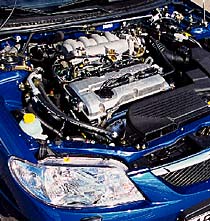
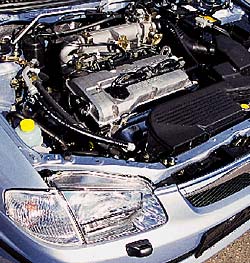
Our sentence. A peculiar, nice and attractive car. With a 1.6 engine and mechanics is not alien to sports ambitions, perfect for young and energetic. And in the range of 323 people of different ages and with different driver's experience and habits, they can choose the right option for themselves. Not the cheapest for maintenance, but at the same time one of the most reliable and unpretentious in the classroom. Of the serious drawbacks, he can today note two - the high price and underdevelopment of the network of authorized technical centers. 4b and 1h.
Text Andrey Timofeev, Vladimir Arefiev, photo Alexey Ilyin
Source: "Autopilot"

